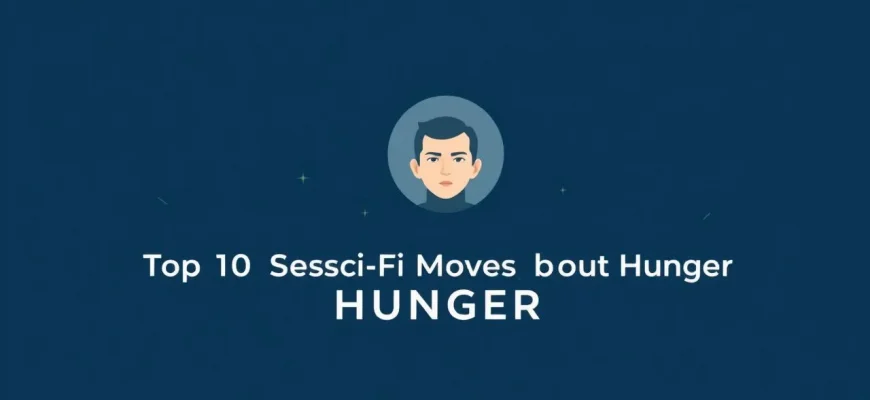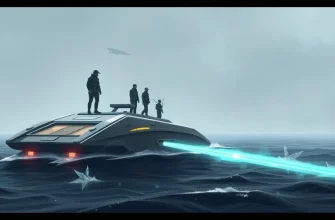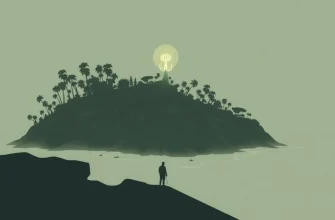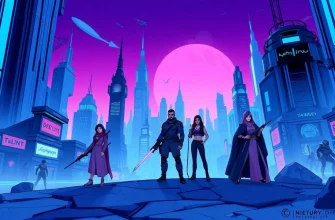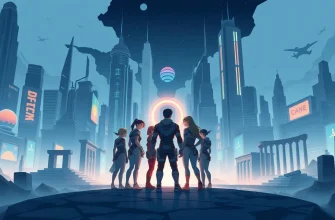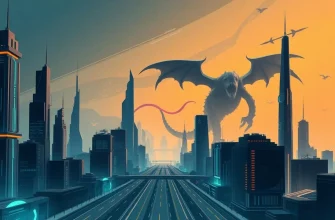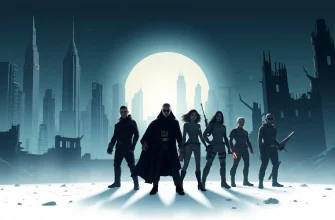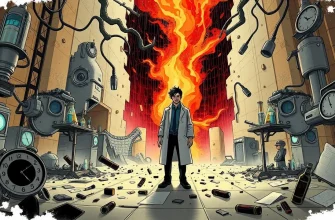In a world where food is a luxury, science fiction often explores the dire consequences of hunger and scarcity. These films delve into dystopian futures, alien worlds, and post-apocalyptic Earths where the quest for sustenance drives the narrative. From survival stories to social commentary, this collection of sci-fi films offers a unique perspective on hunger, making it a must-watch for fans of speculative fiction and those interested in the human condition.
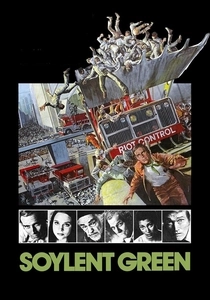
Soylent Green (1973)
Description: In this dystopian future, overpopulation has led to severe food shortages. The film's shocking twist about the source of the new food product, Soylent Green, has become iconic in sci-fi cinema.
Fact: The film was based on the novel "Make Room! Make Room!" by Harry Harrison, and the term "Soylent" inspired the name of a real-life meal replacement product.
 Watch Now
Watch Now 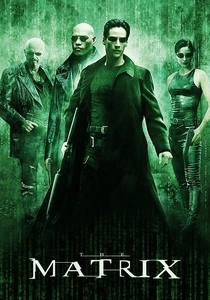
The Matrix (1999)
Description: While not explicitly about hunger, the film's premise involves humans being used as an energy source, with their minds fed a simulated reality to keep them docile, touching on themes of control and sustenance.
Fact: The Wachowskis pitched the film to studios as "Hong Kong action meets 'Alice in Wonderland'."
 Watch Now
Watch Now 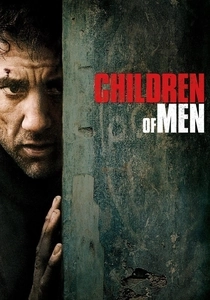
Children of Men (2006)
Description: In a world where humans can no longer reproduce, the film subtly explores the theme of hunger through the desperation for a future, with food riots and societal collapse as backdrops.
Fact: The film features a single, uninterrupted 6-minute shot during a battle scene, which was highly praised for its technical achievement.
 Watch Now
Watch Now 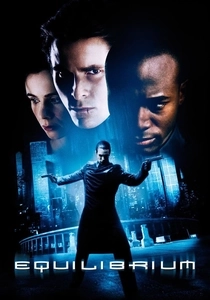
Equilibrium (2002)
Description: In a totalitarian regime where emotions are suppressed, the film subtly explores themes of hunger through the suppression of human desires, including the need for food.
Fact: The film's gun kata fighting style was developed specifically for this movie.
 Watch Now
Watch Now 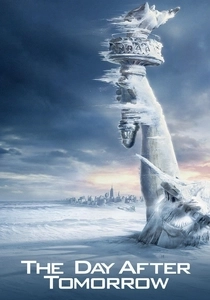
The Day After Tomorrow (2004)
Description: While primarily a disaster movie, the film shows the aftermath of a global weather catastrophe leading to food shortages and survival challenges.
Fact: The film was inspired by the book "The Coming Global Superstorm" by Art Bell and Whitley Strieber.
 Watch Now
Watch Now 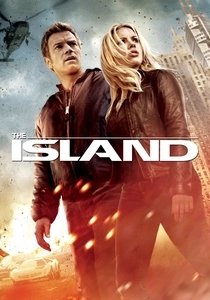
The Island (2005)
Description: Clones are raised in a facility where they believe they are the last survivors of a contaminated Earth, with food being a controlled aspect of their lives to maintain the illusion.
Fact: The film was initially conceived as a remake of "Parts: The Clonus Horror," but evolved into an original story.
 Watch Now
Watch Now 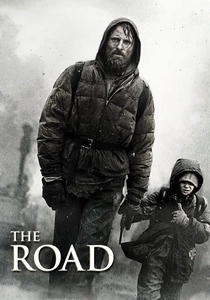
The Road (2009)
Description: This bleak adaptation of Cormac McCarthy's novel follows a father and son as they navigate a post-apocalyptic world where food is scarce, and cannibalism is a grim reality.
Fact: Viggo Mortensen lost significant weight for his role to portray the physical toll of starvation.
 Watch Now
Watch Now 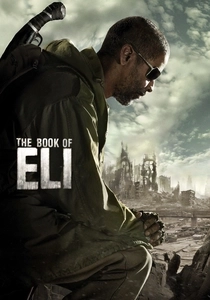
The Book of Eli (2010)
Description: Set in a post-apocalyptic world, Eli's journey involves protecting a book that could help rebuild civilization, with food scarcity being a constant threat.
Fact: The film was shot in New Mexico, which provided a perfect backdrop for the desolate, post-apocalyptic setting.
 Watch Now
Watch Now 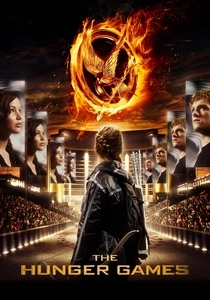
The Hunger Games (2012)
Description: In a dystopian society, children are forced to fight to the death in an arena, with food being a central theme as districts struggle with hunger and the Capitol indulges in excess.
Fact: The film was shot in North Carolina, with the arena scenes created using a combination of practical sets and CGI.
 Watch Now
Watch Now 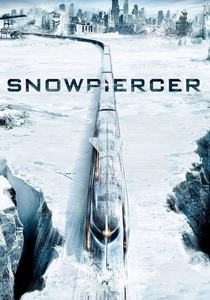
Snowpiercer (2013)
Description: A perpetual train circles a frozen Earth, with its passengers divided by class. The film explores themes of hunger, class struggle, and survival in a microcosm of society.
Fact: The film was originally a French graphic novel, and director Bong Joon-ho had to fight to keep the ending as it was in the source material.
 Watch Now
Watch Now 
